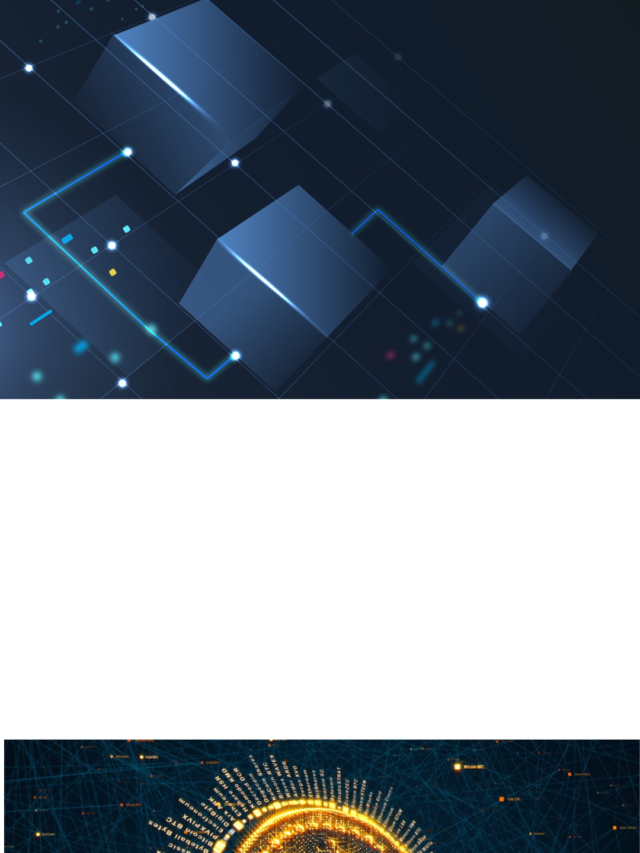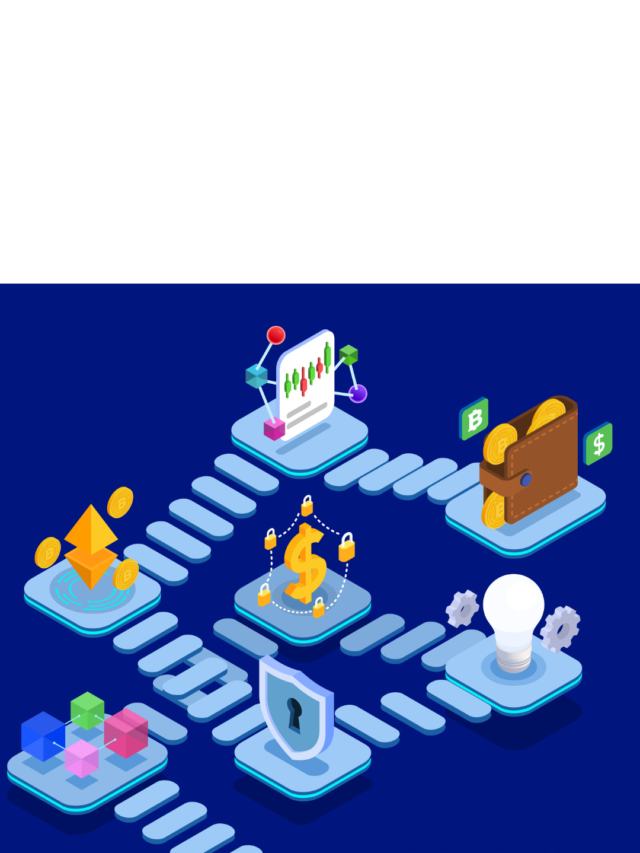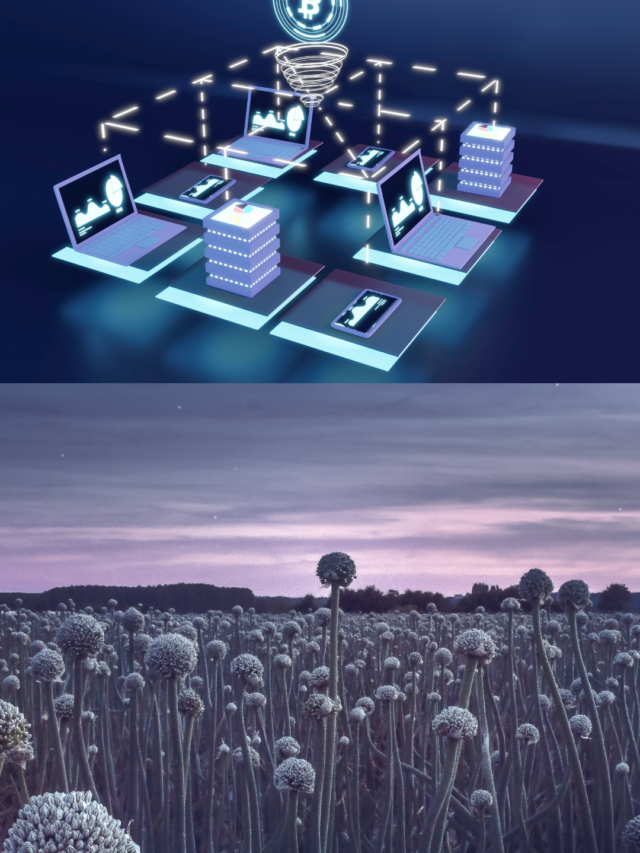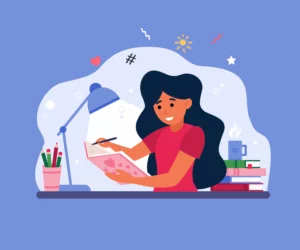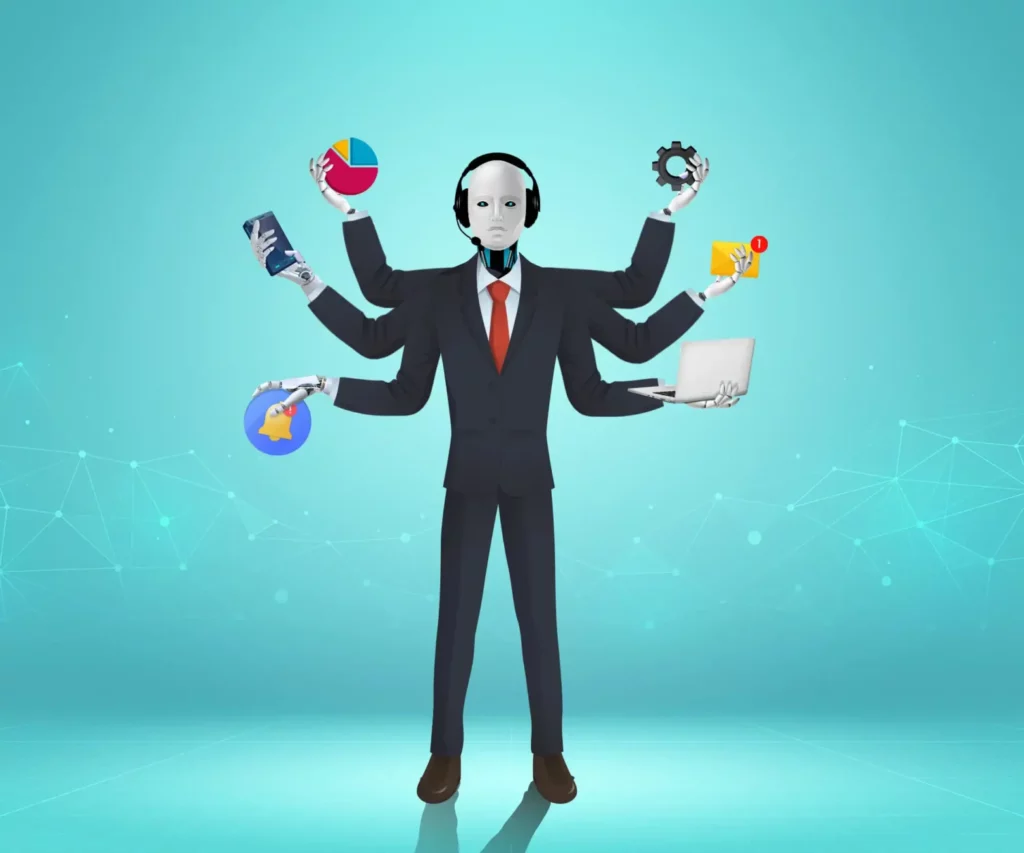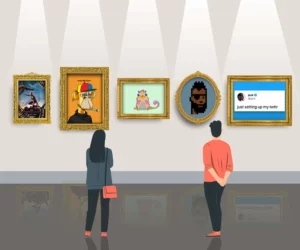
The year was 1991. Research scientists Stuart Haber and W. Scott Stornetta were trying to develop a computationally practical solution for facilitating a tamper-and-tweak-free way to timestamp digital documents. Haber and Stornetta were sure they were onto something when they cryptographically secured a sequence of blocks to store correctly timestamped documents. So in 1992, they added a Merkle tree to this design, which allowed the storage of several documents in a single batch or block, significantly improving the efficiency of this novel technology. And voilà—blockchain was born.
Despite being invented in the early 90s, the technology remained in more or less a state of disuse. Finally, in 2008, Satoshi Nakamoto (the pseudonym for the creator(s) of Bitcoin) further refined blockchains allowing them to function as distributed, open ledgers. In addition, this improvement allowed for timestamping without any external certification or attestation. In the process, the cryptocurrency Bitcoin also came into being.
Blockchain and Bitcoin may seem synonymous to the uninitiated, but they are not the same thing. Blockchain is the technology that powers Bitcoin, the virtual currency that has taken the world by storm in recent years. The reach of blockchain, however, goes far beyond. Let’s dive in!
What is blockchain?
Blockchain or distributed ledger technology (DLT) is a database that stores encrypted blocks of data and then chains them together to form a chronological ‘single source of truth’. By revolutionising data storage and tracking, this technology helps track and record everything of value, from money transfers to land titles.
Why do we like it so much?
This ledger is unique because it entirely removes the need for an intermediary. Therefore, it’s time to bid farewell to banks, lawyers, and other trusted third parties, as this open ledger is easily distributable. Furthermore, in a fast-paced, ever-growing, industrialised world like ours, blockchain saves time and reduces the cost of transactions. Thus, blockchain is the obviously quicker, cheaper and easier option.
Far from letting just one authority maintain its control, blockchain allows for decentralisation and transparency. Not only does it reduce the risk of data tampering by a wide margin, but it also encourages more faith in the data. Moreover, blockchain is also a synchronised ledger that requires all the network members to validate any changes or additions to its existing form. Thus, the transactions and activities that use this technology are easy to operate and primarily democratised.
How does blockchain work?
You may have figured out by now that blockchain collects information in batches or groups called blocks. The collected information, though massive, is not infinite. Upon reaching its capacity, the block gets linked to the previously filled block, forming a sequence or a ‘chain’. Any information that needs to be corrected or altered gets stored in an entirely new block, making rewriting or overwriting exceedingly tricky and obscure, if not wholly impossible. As it is an open, public chain of progression of information, all the network members can see the chronology of activity and whether or not it is valid. Thus, cheating a blockchain is no mean feat!
How then, you may wonder, does one add a block to the chain? Follow these seemingly simple (but quite complex) steps.
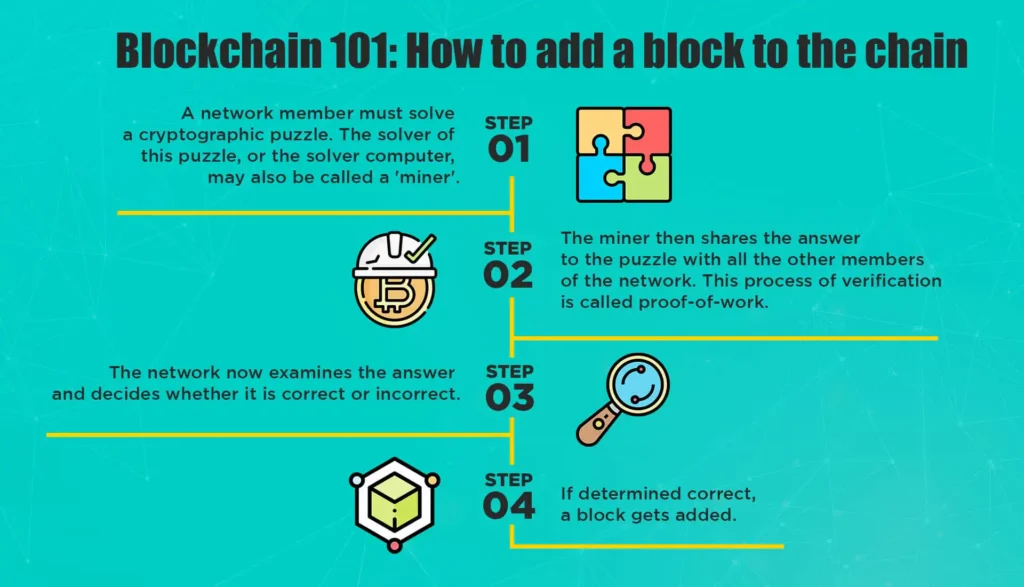
Blockchain applications
Now that we have established that blockchains are awesome, what are its other applications, apart from Bitcoin mining? We may discover that the possibilities are endless. Here are a few:
1) Insurance
Thanks to smart contracts, insurance companies and customers can use this technology more transparently. It speeds up the process of transferring insurance money to claimants. Moreover, it eliminates insurance fraud by nullifying duplicate claims.
2) Real Estate
The maintenance of paperwork, registers, and ledgers that defines real estate as an industry can drive anyone up the wall. Using blockchain, you can securely transfer ownership. This technology will also help reduce the long and drawn-out land title conflicts.
3) Personal Information
Do you ever wish to do away with the files and folders containing information about your life, from your date of birth and grades to your social security number and passport info? Using this technology to store your personal information will make your life much easier. Not to mention the advantages of decluttering your mind and home.
4) Voting
It is possible to avoid voter duplication and fraudulent voting by using blockchain technology to identify voters and their personal information. Not just this, using blockchain, secure remote voting can be made even more accessible. This application may come in handy in a world where the next lockdown is increasingly difficult to predict.
5) Non-Fungible Tokens
Blockchain can help secure the uniqueness and non-replicability of digital assets in the form of NFTs. It keeps the prestige associated with owning a piece of digital art (or song, video, real estate, object) intact.
Impact on the environment
Like every rose has its thorn, so does every blockchain have its perils! While it is true that blockchain can remedy many problems, it is equally valid that indiscriminate use of this technology can wreak havoc on the environment. Blockchain requires immense computational energy to function. By some estimates, as it stands today, mining consumes more power than the entire nation of Argentina every year. Just one Bitcoin transaction uses up more than 2000kW of electricity. Regardless of whether renewable energy sources produce this electricity, running the blockchain still releases tonnes of greenhouse gases into the atmosphere, which is detrimental to our planet’s climate.
What is next for blockchain?
Despite this environmental impact, governments and businesses remain excited about this technology. Though it is still in a relatively dormant state, both public and private sectors in the Gulf region are using blockchain for strengthening financial services, improving commercial operations and development. Dubai hosted the World Blockchain Summit as recently as October 2021. The UAE government has also officially launched the Emirates Blockchain Strategy 2021 and Dubai Blockchain Strategy. Furthermore, the world’s biggest cryptocurrency exchange, Binance, is gearing up to set up an advisory body in Dubai.
Mainstream financial systems are also evolving. For example, the Central Bank of Bahrain (CBB) accepts cryptocurrencies as an official payment method. In addition, the Saudi Arabian Monetary Authority was among the first in the world to deploy blockchain technology for money transfers.
As investments skyrocket, so does the confidence in blockchain. As a result, the tech grapevine has been abuzz with the MENA (Middle East and North Africa) region being envisioned as the next blockchain hub. What could happen is anybody’s guess, but in the meantime, it might be a good idea to start honing your blockchain skills! Good luck!
